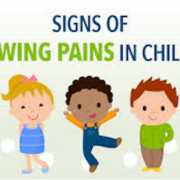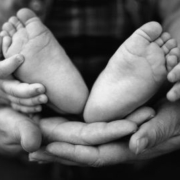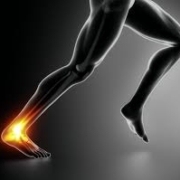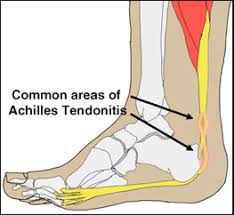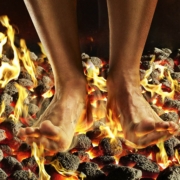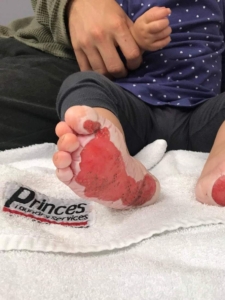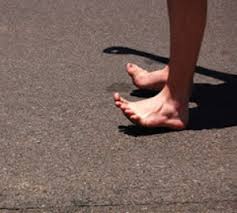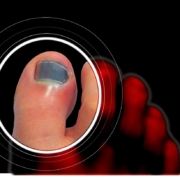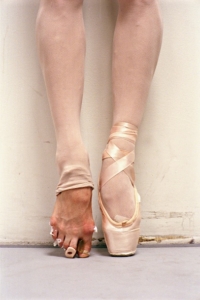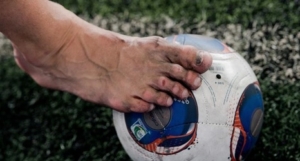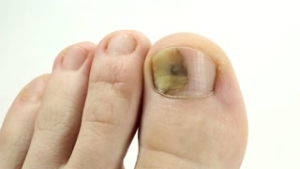WHEN TO FIX KIDS FEET?
When to fix kids’ feet?
Worried about your child’s feet? It is important to know what is a normal presentation for a child in their age group, as opposed to what actually may be considered a “red flag” in their development. When asking the question of whether to “fix my child’s feet” it is crucially important to make an informed decision with the professional advice and assessment of health professionals. Our Podiatrists will thoroughly assess your child and determine what treatment, if any, is suitable at that time of the child’s development and will reassure you what is normal! Depending on your child’s age and the presenting condition, there are treatment windows within a child’s normal physical development within which to correct any structural abnormalities.
Did you know? Recent evidence based research on thousands of children aged 3-15 years shows the most common foot posture or foot type is a ‘flat’ or pronated foot.* From this it can be concluded that a flat foot without any other abnormal characteristics is not abnormal. So, not all “flat feet” need to be fixed as such. Foot pronation in itself is often a compensatory response to other biomechanical and structural adaptations or elements of the lower limb and rest of the body. Hence overpronation of the foot may not be a causative element but an end result, and there may be other elements of the lower limb that are better addressed first before treatment of the flatfoot is considered.
Did you know? At birth, only some bones of the foot are formed. By only age 5, the last major bone of the foot is formed, the Navicular, which structurally forms the “arch” of the foot.
Total Care Podiatry believes in the value of assessing children at an early age or at any age in their development to rule out any abnormalities or red flags in musculoskeletal development in particular and to reassure parents what is normal. Total Care runs a Paediatric screening clinic once monthly to offer a free assessment. We ask that to book into this clinic, a small donation be made to Kids Plus foundation. Kids Plus “offers programs that include early treatment and specific intervention strategies to improve children’s abilities across a range of developmental areas.”
On Friday July 9th 2021, we have a Complimentary Family Foot Check clinic scheduled. If you have any concerns about a family member’s foot health, especially your child of any age; please book in for your free assessment! PH: 5223 1531
THIS INFORMATION IS FOR EDUCATIONAL PURPOSES ONLY AND IS NOT INTENDED TO REPLACE PROFESSIONAL PODIATRIC ADVICE. TREATMENT WILL VARY BETWEEN INDIVIDUALS DEPENDING UPON YOUR DIAGNOSIS AND PRESENTING COMPLAINT. AN ACCURATE DIAGNOSIS CAN ONLY BE MADE FOLLOWING PERSONAL CONSULTATION WITH A PODIATRIST.
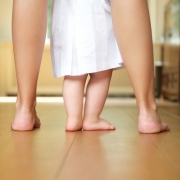
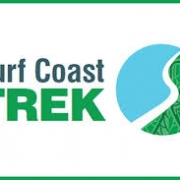
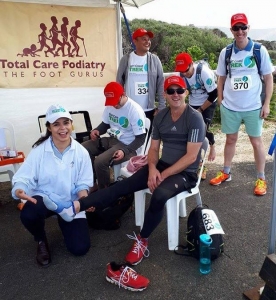
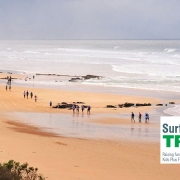
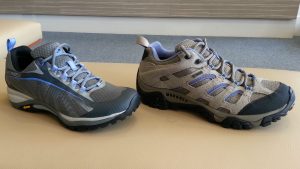
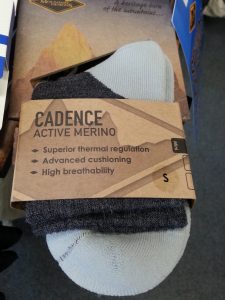
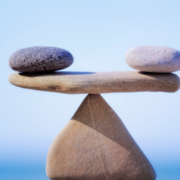
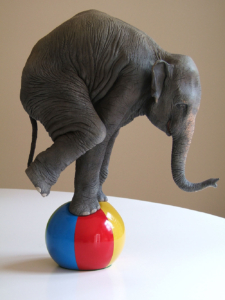
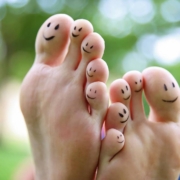
 Hydrate the skin. Australian weather and open shoes can cause rapid loss of moisture from the skin and may result in cracking or the formation of fissures. It is helpful to replace the moisture content by using lotions or creams on a regular basis.
Hydrate the skin. Australian weather and open shoes can cause rapid loss of moisture from the skin and may result in cracking or the formation of fissures. It is helpful to replace the moisture content by using lotions or creams on a regular basis.



 Avoid walking barefoot to help protect your feet from injury and infection
Avoid walking barefoot to help protect your feet from injury and infection